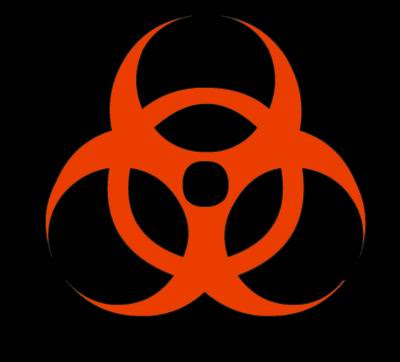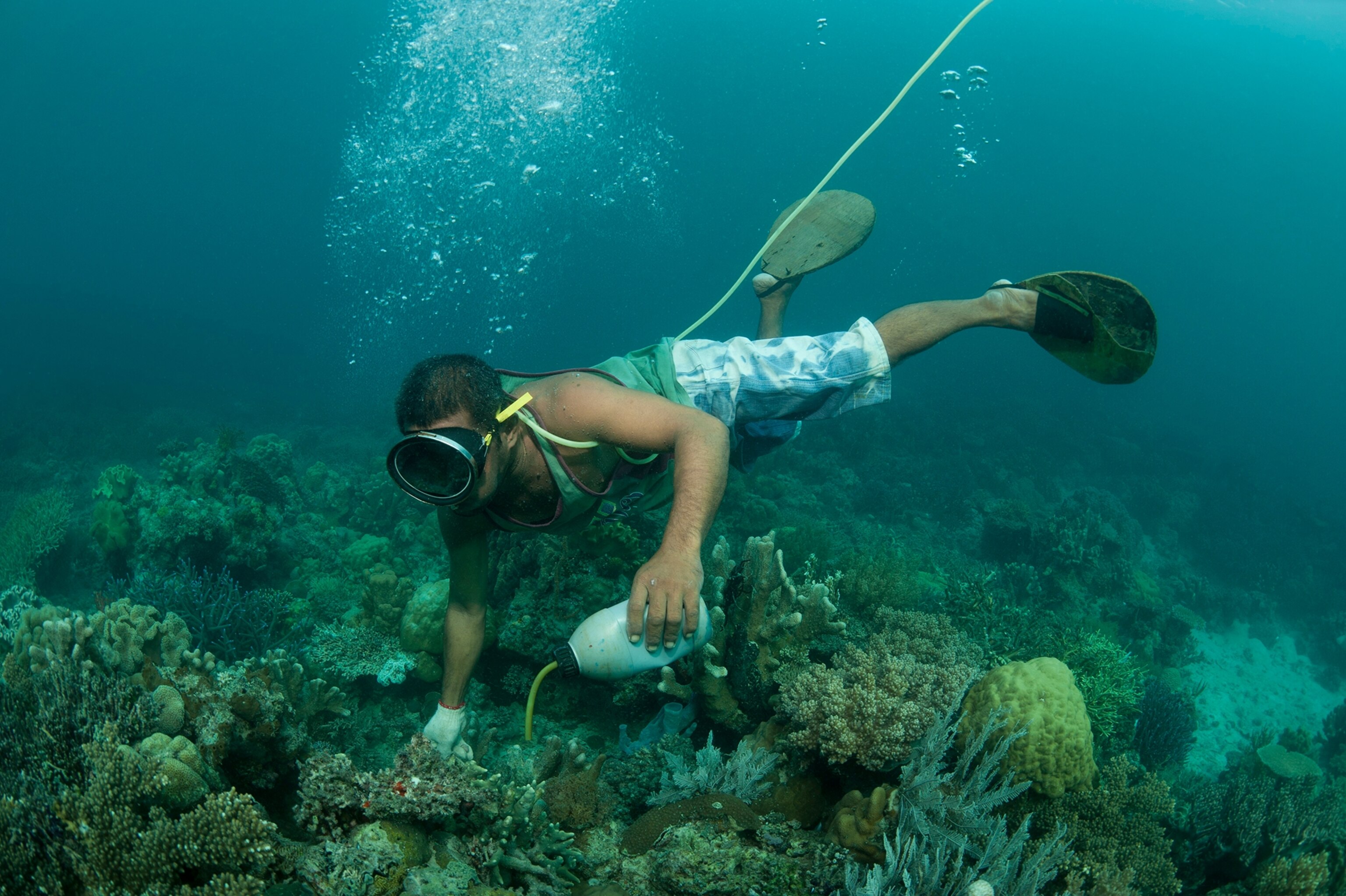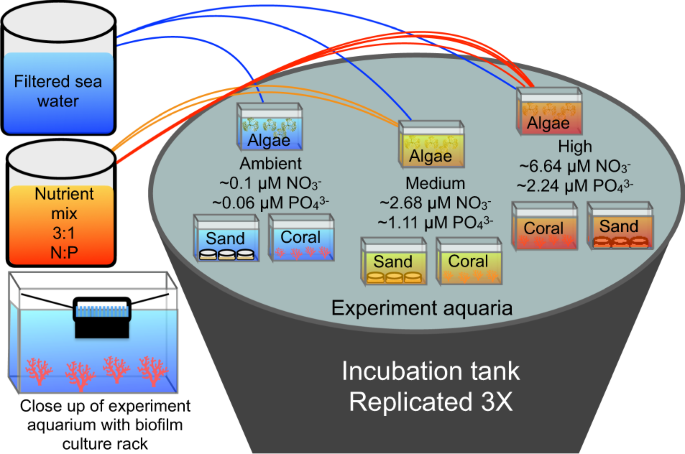

- #WHERE LISCENCE KEY & DATA SAVED MARINE AQUARIUM 3 MANUAL#
- #WHERE LISCENCE KEY & DATA SAVED MARINE AQUARIUM 3 FULL#
Where (studentID between 1 and 5 - inclusive The default sort order is ascending (ASC), but to sort in the opposite order (descending) you use DESC, as in the example below: select studentID, FullName, sat_score
#WHERE LISCENCE KEY & DATA SAVED MARINE AQUARIUM 3 FULL#
Here is the same list as above, but sorted by the students Full Name.

Order By gives us a way to sort the result set by one or more of the items in the SELECT section. The following example is similar, but it further specifies that if any of the students have certain SAT scores (1000, 1400), they will not be presented: select studentID, FullName, sat_score, recordUpdated
#WHERE LISCENCE KEY & DATA SAVED MARINE AQUARIUM 3 MANUAL#
If you use one of the many other Relational Database Managers (DBMS) you’ll need to check the manual for that DBMS if needed. SQL is an international standard (ISO), but you will find many differences between implementations. This guide provides a basic, high level description of the syntax for SQL statements. It's used with all kinds of relational databases. A turtle escaping from a TED can be seen in the main photo on this page.SQL stands for Structured Query Language. TEDs can dramatically reduce sea turtle death and are required to use while shrimp fishing in some areas. When sea turtles and other large animals are accidentally captured in the net, they are deflected by the grid bars and can escape through an opening called a TED flap and swim away. Small animals, like shrimp, pass through the grid bars and are caught in the net. A TED is a grid of bars with an opening at the top or bottom of a shrimp net, similar to a trap door.

To prevent this, NOAA Fisheries, along with environmental and fishing organizations developed turtle excluder devices (TED). Sea turtles can be accidentally caught in shrimp nets and drown. NOAA Fisheries and the USFWS developed plans to guide research and management to improve the health and long-term survival of each sea turtle species. To reduce harm to sea turtles, NOAA restricts commercial fishers from using certain kinds of fishing gear (gill nets, long-lines, pound nets, and trawls) that are known to catch large numbers of sea turtles as bycatch. Major threats in the United States include damage and changes to nesting and foraging habitats, accidental capture during fishing, getting tangled in marine debris, and being hit by boats and ships.

Sea turtles are under threat from a variety of hazards.


 0 kommentar(er)
0 kommentar(er)
